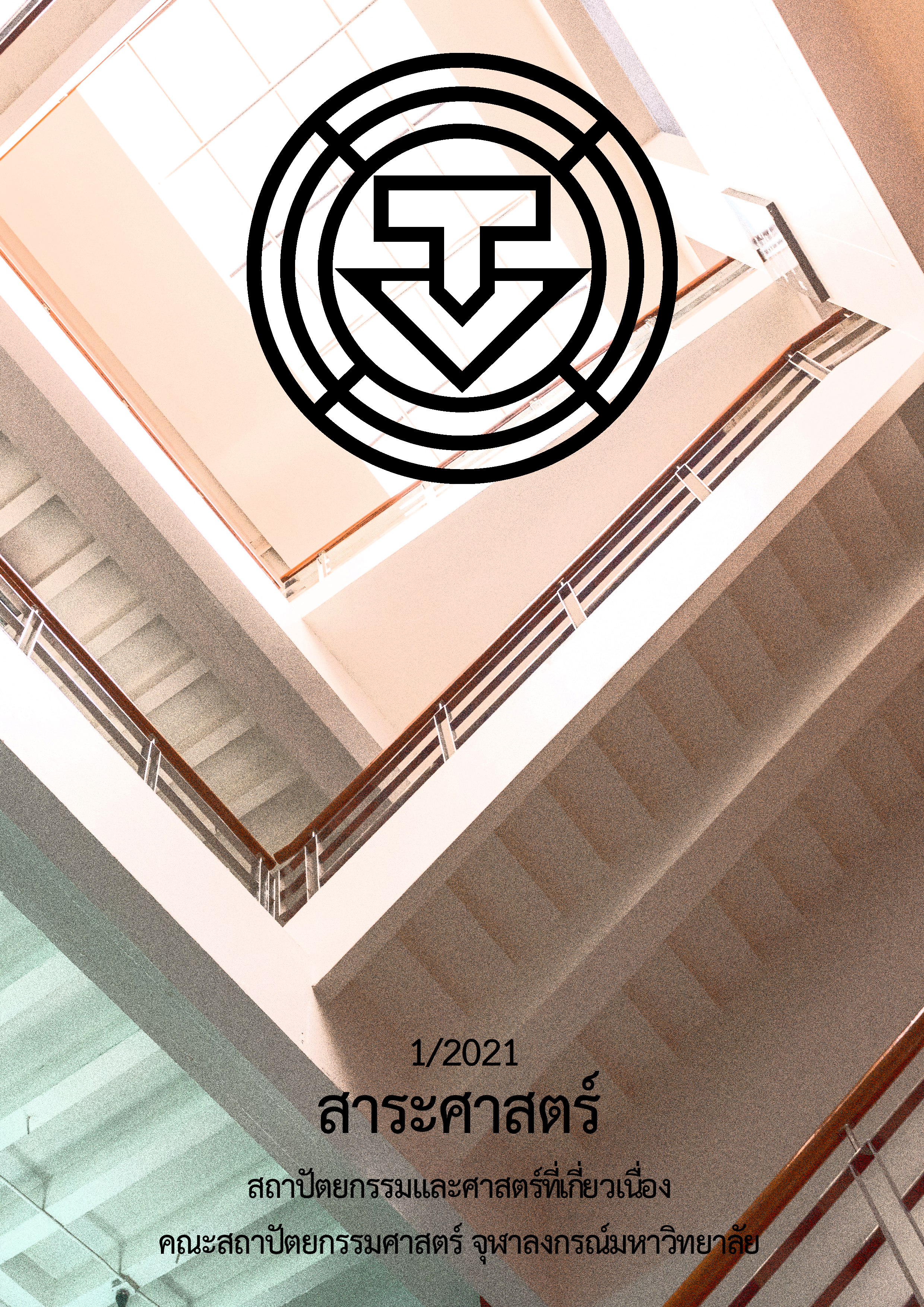Guidelines for Physical Modification of Condominium Project to Hotel: Case Study of 4-Star Hotel Projects in Pattaya
Main Article Content
Abstract
Pattaya is one of the most popular destinations in Thailand, and recently there has been a rise in the number of condominium project which subsequently leads to high competition and oversupply situation in the market. As a result, many entrepreneurs have decided to adjust their business strategies to be in line with the current conditions. One of the strategies is to modify an existing condominium to a standard hotel; however, even though many projects are experiencing physical limitations, they still proceed without referring to legal requirements and operated as unlicensed hotels, which is a problem and may cause more following issues from the building structure, mechanical and engineering system, including functionality.
Accordingly, it is interesting to study the guidelines for physical modification of condominium project to hotel and analyze which law or regulation is the significant criteria that must be implemented, and how it will affect the physical appearance of the building. There are two case studies of four-star hotel in Pattaya. Both were originally developed as condominium projects but now all the rooms were bought back from the co-owners in the purpose of converting into hotels.
The result of the study is that prior to project modification, the involving laws must be distinctly categorized into groups as follows:
1) The laws on condominium building control which related to areas that have no effect to the project transformation such as surrounding environment, project location, outdoor space, setback, building height, walkway circulation, elevators, and fire escape.
2) The laws on hotel building control which require further improvement in areas such as hotel service area, function for disabled person, and safety system.
3) Thai hotel standard requirements that are used to classify hotel ratings such as the number of parking lot, lobby characteristic, restaurant quality including kitchen, meeting room, various recreation areas, and staff area.
In conclusion, the results of the study show the guidelines to develop the project properly in compliance with the law and standard references, lead to appropriate development of the project, and beneficial to others that also needed building improvement.
Article Details
References
Terra BKK. (2561). พัทยา ก้าวใหม่สู่เมืองหลวงตะวันออก. สืบค้นเมื่อ 20 มิถุนายน 2562, จาก http://terrabkk.com/news/196001
พระราชบัญญัติควบคุมอาคาร พ.ศ. 2522. (2522, 14 พฤษภาคม). ราชกิจจานุเบกษา. เล่ม 96 ตอนที่ 80/ฉบับพิเศษ. หน้า 1-46.
พระราชบัญญัติผังเมือง พ.ศ. 2518. (2518, 13 กุมภาพันธ์). ราชกิจจานุเบกษา. เล่ม 92 ฉบับพิเศษ ตอนที่ 8. หน้า 1-19.
พระราชบัญญัติโรงแรม พ.ศ. 2547. (2547, 12 พฤศจิกายน). ราชกิจจานุเบกษา. เล่ม 121/ตอนพิเศษ 70ก. หน้า 1-20.
พระราชบัญญัติส่งเสริมและรักษาคุณภาพสิ่งแวดล้อมแห่งชาติ พ.ศ. 2535. (2535, 4 เมษายน). ราชกิจจานุเบกษา. เล่ม 109 ตอนที่ 37. หน้า 1-47.
พระราชบัญญัติอาคารชุด พ.ศ. 2522. (2522, 30 เมษายน). ราชกิจจานุเบกษา. เล่ม 96 ตอนที่ 63/ฉบับพิเศษ. หน้า 1-33.
โรงแรม เซนเตอร์ พอยต์ พัทยา. (2559). สืบค้นเมื่อ 1 มกราคม 2563, จาก https://www.centrepoint.com/thai/pattaya.html
โรงแรม ดี วารี จอมเทียนบีช พัทยา. (2557). สืบค้นเมื่อ 1 มกราคม 2563, จาก https://www.facebook.com/DVareeJomtienBeachPattaya
สมาคมโรงแรมไทย. (2554). แบบประเมินมาตรฐานที่พักเพื่อการท่องเที่ยว. สืบค้นเมื่อ 20 มิถุนายน 2562, จาก www.thaihotels.org/16747351/แบบประเมินมาตรฐานที่พักเพื่อการท่องเที่ยว
Douglas, James. (2006). Building adaptation second editions. Retrieved 2019, October 1, from http://books.google.co.th
Pannell Kerr Forster Associates. (1993). Spatial planning for hotel design. International Journal of Contemporary Hospitality Management. Retrieved 2019, October 1, from https://www.emerald.com/insight/content/doi/10.1108/EUM0000000001687/full/html


